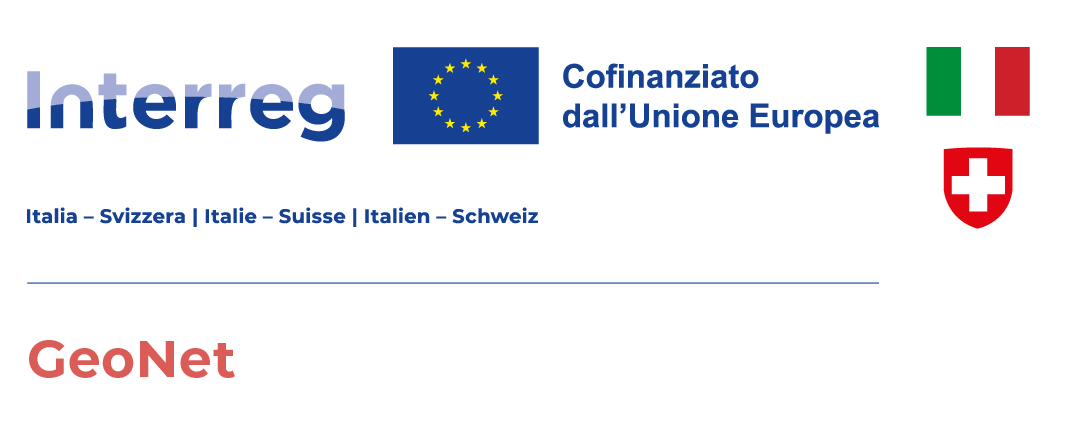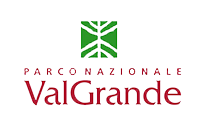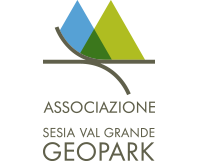GeoNet
SUMMARY
GeoNet faces multiple challenges, but the main one is to create a cross-border geotourism district by networking the numerous geological and mining sites located across Valsesia, Verbano, Ossola, the Brig-Simplon area, and the Binntal. Networking the natural, geological, and cultural sites in the area between Monte Rosa and Punta d’Arbola—which includes three Sacred Mountains, a Geopark and a UNESCO biosphere reserve, a national park, two regional parks, and two of the most important tourist districts in Piedmont—is essential to initiating a process of socio-economic growth within the cooperation area. Promoting geotourism will increase visits to the involved rural areas, with young residents becoming future environmental stewards and key promoters of the area’s beauty.
GeoNet pursues two major cross-border objectives:
-
To create a unified and coordinated geo-tourism product for the entire cooperation area, attractive at an international level, which will encourage offer diversification, season extension, and networking of geological and mining heritage;
-
To provide Swiss partners the opportunity to gain insights into the organizational structure and management, promotion, and development activities of the Sesia-Val Grande UNESCO Geopark, with the goal of evaluating the establishment of a cross-border UNESCO Geopark including Brig/Simplon and Binntal.
Diversifying the offer is crucial to adapting to the effects of climate change. In an area until recently dominated by winter sports, the development of sustainable, year-round tourism products is vital for the resilience of the local economy and to bridge the development gap between rural and urban or tourist-oriented areas.
The project will increase tourism accessibility for people with disabilities, the elderly, and individuals with specific needs, fostering inclusiveness in a naturally hard-to-access area. Modern virtual reality technologies (immersive videos, sensory rooms) will allow everyone to enjoy unique experiences in nature, exploring minerals, gold, and rocks originating from Earth’s core. School involvement will enhance local knowledge among youth, encouraging them to view the cross-border nature of the project area as a development opportunity and a tool for regional growth, rather than a barrier.
In addition to enhancing and networking the project’s sites of interest, GeoNet will capitalize on Mineralp’s results by establishing the “Cross-Border Gold Mining Tourism District,” enabling commercialization of this tourism product and optimizing site management and governance.
A prefeasibility study for expanding the Sesia-Val Grande UNESCO Geopark into the Swiss project territories will assess the use of the “UNESCO” designation also for Binntal and the Simplon Valley.
Training will be essential—not only for guides but also for hospitality operators, public/private planning professionals, public administrators, tourism promotion staff, and protected area managers. Experiential and outreach activities are also planned for youth aged 6 to 19 in schools within the project area.
OBJECTIVE
RSO 4.6 Strengthen the role of culture and sustainable tourism in economic development, social inclusion, and social innovation.
Increase the tourism appeal of the cooperation area through integrated promotion of its geological and mineralogical heritage. With environmentally and socially sustainable solutions, the project aims to:
- Enhance the mining heritage by capitalizing on MINERALP’s results;
- Promote the geosites of the Sesia Val Grande UNESCO Geopark and the Binntal Veglia Devero Transboundary Park, including a potential extension into Swiss territory.
LEAD PARTNER
GAL Terre del Sesia S.C.aR.L. (Vercelli)
PARTNERS
- Landschaftspark Binntal Parco naturale della Valle di Binn (Cantone Vallese)
- Ente di gestione delle Aree Protette dell’Ossola (Verbano-Cusio-Ossola)
- Ente Parco Nazionale Val Grande (Verbano-Cusio-Ossola)
- Regione Piemonte - Direzione A1800A Opere Pubbliche, Difesa del Suolo, Protezione Civile, Trasporti e Logistica / Settore Geologico
- Unione Montana dei Comuni della Valsesia (Vercelli)
- Tourismusverein Landschaftspark Binntal Associazione turistica del Parco naturale della Valle di Binn (Cantone Vallese)
- Simplon Trekking (Cantone Vallese)
BUDGET
- €1,419,841.66
- CHF 29,772.00 (Swiss contribution)
RELEVANCE AND CONTEXT
The project supports common challenges by enhancing the region’s rich natural and landscape heritage. Although the area has strong tourism potential, it is not among the top destinations in Valais and Piedmont, making it a strategic priority for the program. It aligns with several key challenges by:
- Enhancing climate change resilience and responding to the decline in winter tourism through new sustainable, year-round tourism products based on natural and geological heritage;
- Promoting cross-border cooperation among protected areas, including the Sesia Val Grande UNESCO Geopark, to share good practices and boost ecosystem service values;
- Networking natural, geological, and cultural heritage via innovative multimedia products and virtual reality experiences;
- Creating job opportunities for local youth by increasing awareness of the region’s touristic appeal and encouraging collaboration between businesses and institutions;
- Improving geosite accessibility for people with disabilities and the elderly, including infrastructure upgrades, immersive sensory rooms, virtual reality, and augmented reality;
- Strengthening the bond between local residents and their environment, encouraging outdoor recreation with health benefits;
- Joint promotion of geosites and cultural sites (glacial landscapes, biodiversity, Sacred Mountains, museums, Walser heritage) and artisan skills using stone materials;
- Developing year-round tourism products thanks to altitudinal diversity and multipurpose itineraries;
- Creating a unified brand and marketing strategy to position the area in key tourist markets (Northern Italy, Switzerland, France, Germany).
The project also aims to complete and improve on the MINERALP project by adding complementary actions to enhance the area’s numerous geosites. Using an integrated, participatory approach, GeoNet will connect geotourism with the local tourism system, working with operators in sports, nature, and cultural tourism to promote the deep link between geology and the historical development of mountain civilization, especially through expert use of natural resources like stone.
The promotion of UNESCO Sacred Mountains and local artistic and Walser ethnographic heritage is part of the strategy to develop less-known sites, leveraging the draw of more prominent ones. Accessibility and inclusion are core pillars of this strategy, using both infrastructure adaptations and cutting-edge technologies to allow all individuals to experience the area’s geological uniqueness.
The proximity to lakes also makes the area attractive for wellness seekers and “silver tourists,” leveraging the silver economy for local economic growth.
TARGET GROUPS
- Local, regional, and national public authorities
- Sectoral agencies
- Large companies and SMEs
- NGOs and interest groups
- Higher education and research institutions
- Educational/training centers and schools
- Cross-border legal entities
- Citizens
- Others
WORK PLAN
1. Strategy Development:
Creation and networking of a sustainable and inclusive geotourism strategy based on the transboundary area’s geological heritage, encompassing the Sesia-Ossola valleys (Italy) and Binntal-Simplon (Switzerland).
2. Sustainable & Inclusive Mining Tourism:
-
Removal of architectural barriers and outfitting of key mining tourism sites for full accessibility;
-
Networking emblematic mining sites into the first “Cross-Border Gold Mining Tourism District.”
3. Sustainable & Inclusive Geotourism:
-
Make geosites fully accessible;
-
Structure and network emblematic cross-border “Geotour Routes” for increased attractiveness.
4. Training & Dissemination:
-
Engage and retain socio-economic groups that will benefit most from the project;
-
Raise awareness and involve vulnerable social groups (youth, elderly, disabled), fostering:
-
Environmental respect and awareness in youth;
-
Well-being and self-esteem in elderly and disabled through outdoor experiences.
-
RESULTS
- Increased number of visitors to supported cultural and tourist sites;
- Completion of joint training programs, involving ~50 professionals (guides, park staff, technicians, operators, teachers) and ~350 students aged 6–19.
FUTURE OUTLOOK
The partnership is composed of entities with established collaborations, enhancing cooperation effectiveness. The project also lays the groundwork for future shared management strategies and the potential creation of a transboundary UNESCO Geopark, opening doors to new challenges and projects.
- Hits: 262







